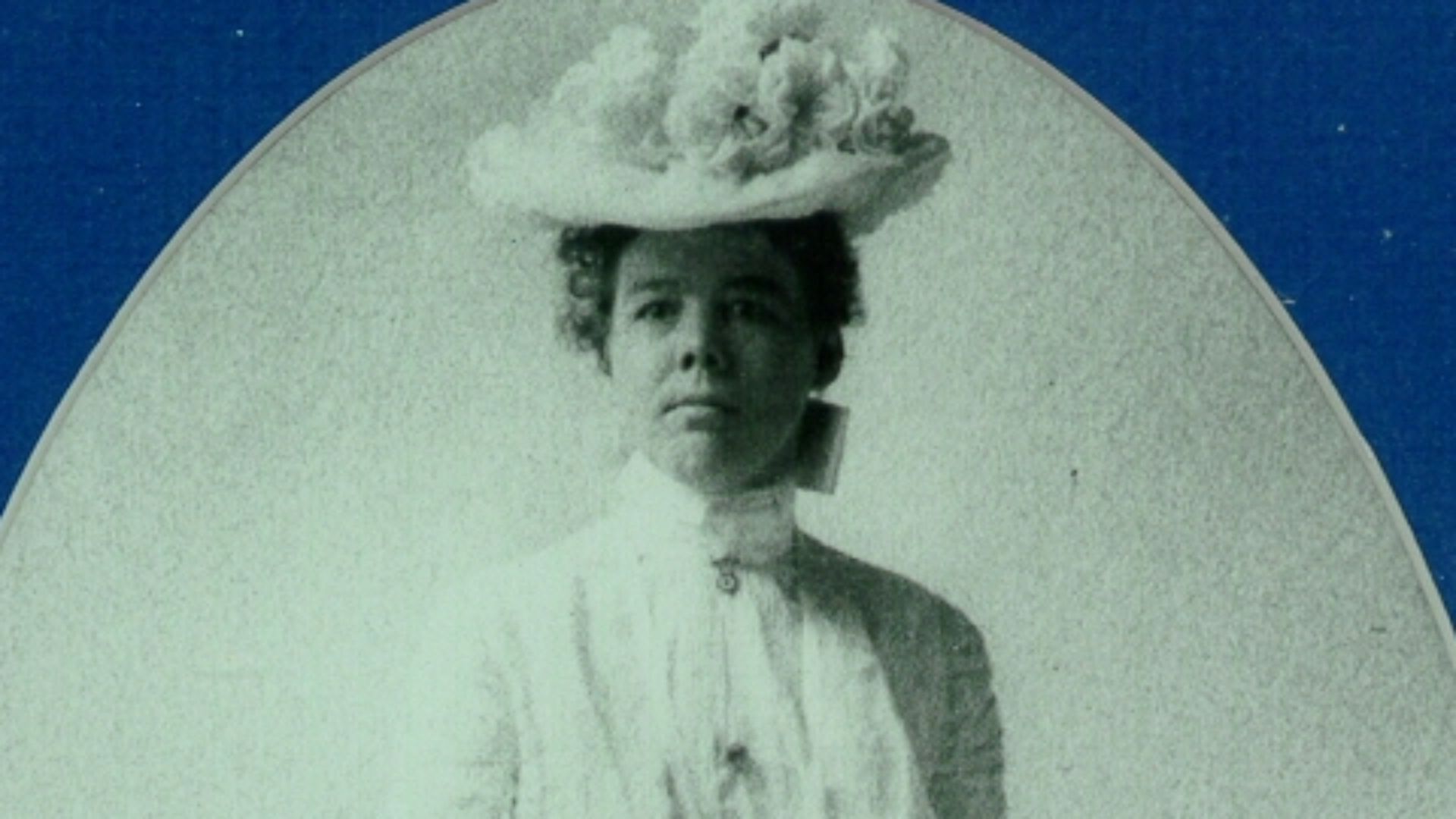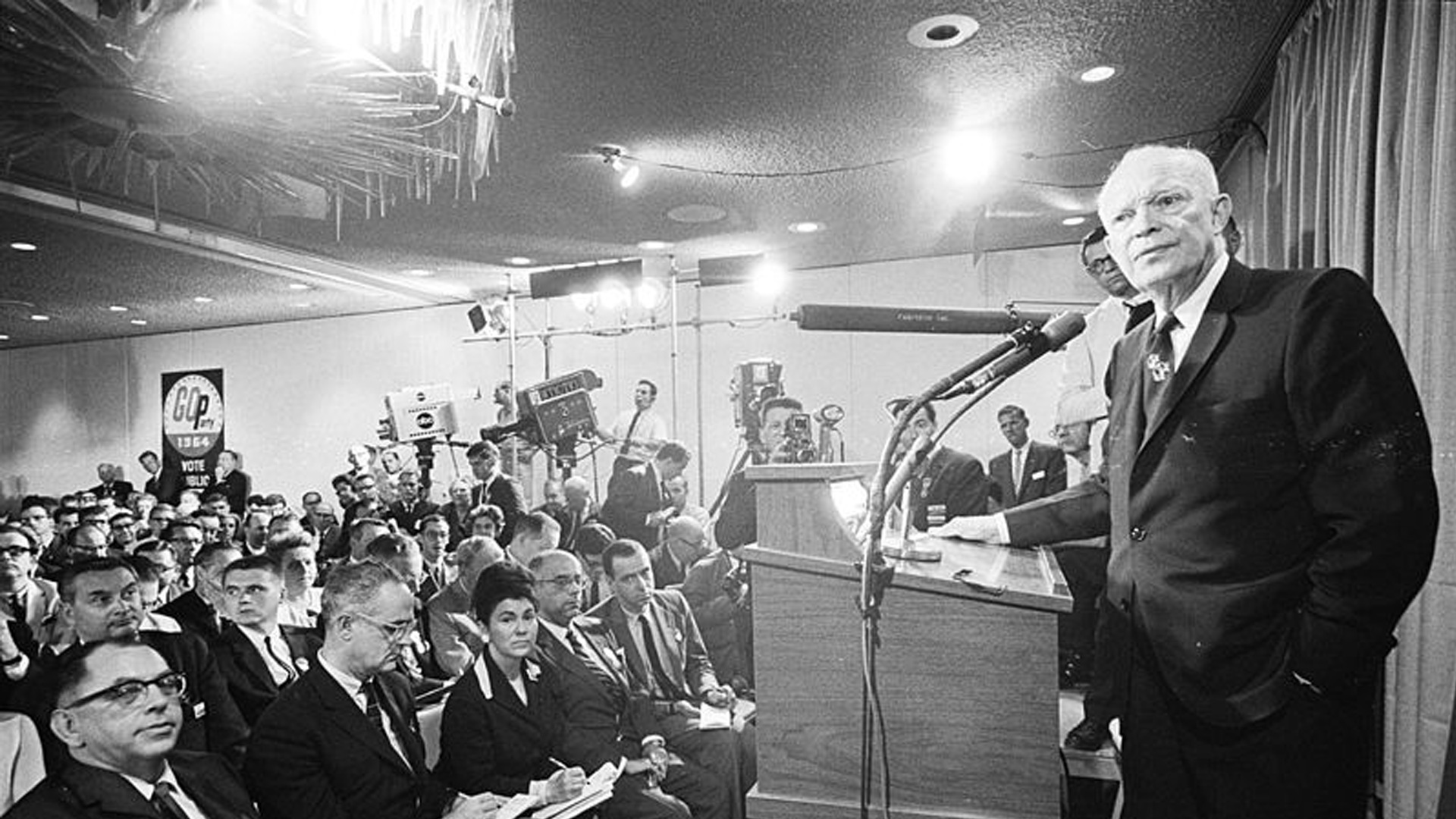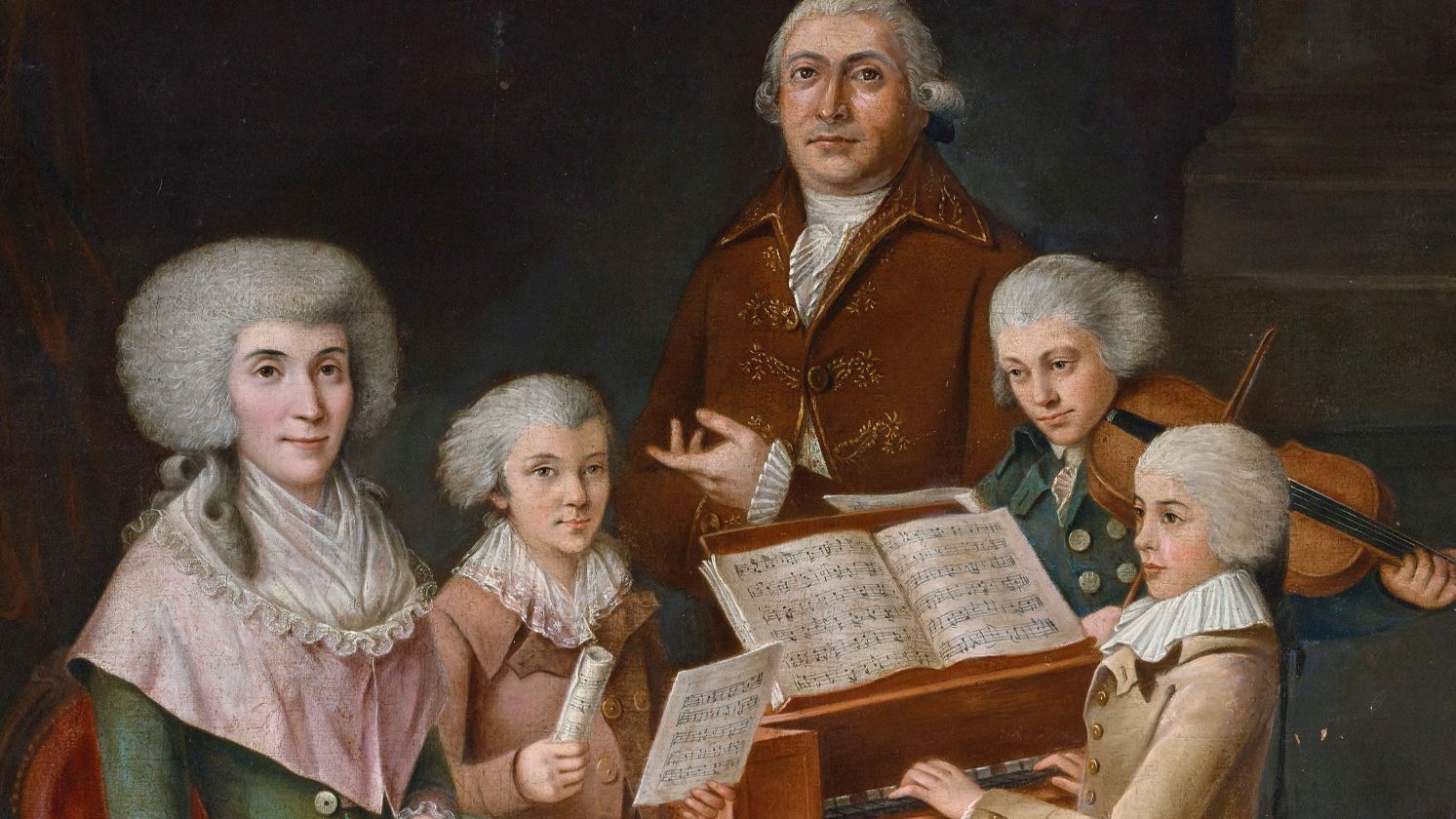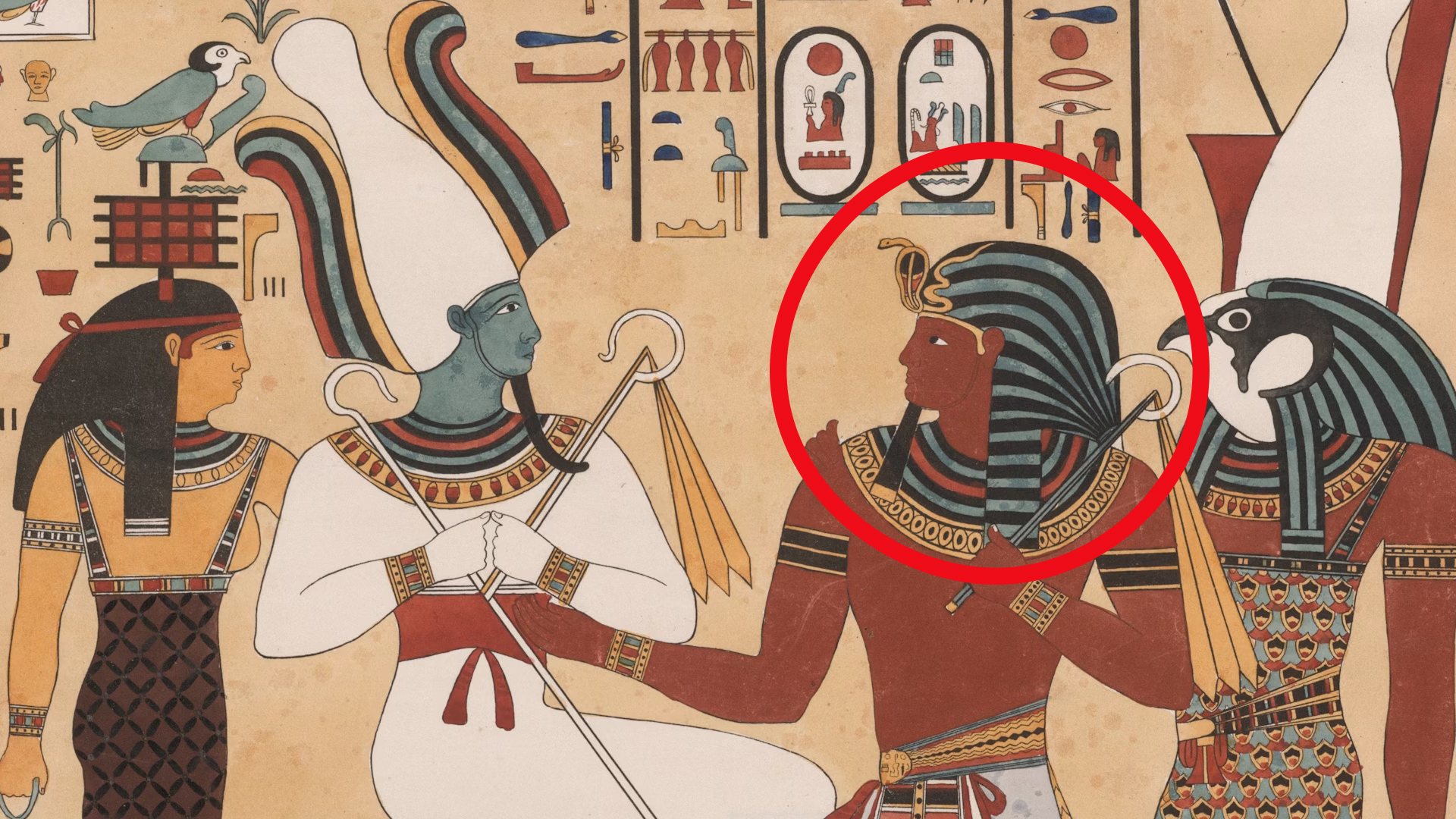Trailblazers, Language Keepers, and Chiefs
Most of us probably grew up learning little about Native Americans in history class, and even less about Native American women. Marginalized by their race and gender, but never defeated, these 20 astounding women helped shape the country that we know today, even as it tried to erase them.
 Pierre Gustave Staal on Wikimedia
Pierre Gustave Staal on Wikimedia
1. Susan La Flesche Picotte
A member of the Omaha nation, Dr. Susan La Flesche Picotte wasn't just one of the first Indigenous women to earn a medical degree, she was one of the first Indigenous people, period. Picotte campaigned for public health, legal land allotment, and temperance. Much of Picotte's work centered around the prevention and treatment of tuberculosis, a disease which still plagues many reservations today.
2. Wilma Mankiller
Wilma Mankiller was the first woman to serve as Principal Chief of the Cherokee Nation; in fact, she was the first female chief of any major tribe! At a time when the Cherokee Nation was finding its feet after decades of government suppression, Mankiller developed the largest tribal health care system nationwide. She was honored with a commemorative coin in 2022.
 White House Television (WHTV) uploaded by Clinton Presidential Library on Wikimedia
White House Television (WHTV) uploaded by Clinton Presidential Library on Wikimedia
3. Sarah Winnemucca
A member of the Northern Paiute nation, Sarah Winnemucca was a teacher and interpreter during a time of conflict between tribes and settlers. Winnemucca worked as an interpreter in the Bureau of Indian Affairs, lobbied to her people to be released from concentration camps, and taught those imprisoned. In 1883, she published a book blending memoir and ethnography, the first known autobiography by an Indigenous woman.
 Materialscientist on Wikimedia
Materialscientist on Wikimedia
4. Lyda Conley
Wyandot lawyer Lyda Conley refused to go down without a fight. Considered an "absentee" citizen in Kentucky, Conley met the potential sale of her peoples' cemetery with armed resistance. Thanks to the efforts of Conley and her two sisters, the Huron Cemetery in Kansas City is now on the National Register of Historic Places.
 Unknown authorUnknown author on Wikimedia
Unknown authorUnknown author on Wikimedia
5. Weetamoo
The idea of women in power was nothing to to Weetamoo, the female sachem of the Pocassets. Trained in diplomacy, leadership, domestic arts, and survival, Weetmoo embodies the fluidity that some tribes had during the early days of contact. Weetamoo forged important alliances and saw her people through the complicated time known as King Philip's War.
 John Frost , Frost's Pictorial History of Indian Wars and Captivities (1873), p. 48. on Wikimedia
John Frost , Frost's Pictorial History of Indian Wars and Captivities (1873), p. 48. on Wikimedia
6. Ada Blackjack
The sole survivor of a doomed Arctic expedition with little transferrable survival skills and a young son back home, Ada Blackjack survived where others wouldn't. The young Iñupiaq mother joined an expedition as a seamstress in order to pay for her son's tuberculosis treatments. When the crew was stranded on a remote island above Siberia, Blackjack, along with the ship's cat, survived 8 months alone.
7. Lozen
Lozen was sister to Chiricahua Apache chief Victorio, who waged war on the American military for three years following the dispossession of his people. A warrior in her own right, Lozen was considered her brother's right hand, "a shield to her people". Lozen literally and metaphorically led her people to safety when faced with crossing the surging Rio Grande to evade capture.
8. Nancy Ward
Nancy Ward, known as Nanyehi among the Cherokee, was granted the prestigious title of Beloved Woman. Widowed at 18, Ward went on to adovocate for peace between her people and Europeans, warning settlers of an upcoming attack during the Revolutionary War. She also introduced dairy products to the Cherokee economy!
9. Buffalo Calf Road Woman
Who was the real hero of Little Bighorn? If you asked the Northern Cheyenne, the answer would be Buffalo Calf Road Woman. Riding into battle at full speed, Buffalo Calf Road Woman rescued her brother from the enemy's clutches and delivered the fatal blow to George Custer. in 2005, after more then a century of silence, the Northern Cheyenne finally told her story.
 Unknown authorUnknown author on Wikimedia
Unknown authorUnknown author on Wikimedia
10. Maria Tallchief
America's first prima ballerina was also a member of the Osage Nation. Maria Tallchief, along with famed choreographer George Balanchine, revolutionized American ballet through electrifying passion and athleticism. At a time when many dancers Russianized their surnames to fit in with the world of Ballet, Tallchief refused to give up her Osage identity.
 Unknown photographer on Wikimedia
Unknown photographer on Wikimedia
11. Zitkala-Ša
Zitkala-Ša's folktales and political writings helped introduce Indigenous stories to English-speaking audiences. A polymath, in addition to writing six books and an opera, Zitkala-Ša was also a virtuoso violinist and served as the president of the National Council of American Indians. Her American Indian Stories, many of which were based on her Yankton Dakota upbringing, are still in print today.
 Gertrude Käsebier on Wikimedia
Gertrude Käsebier on Wikimedia
12. Woman Chief
Bíawacheeitchish, known in English as Woman Chief, was a Gros Ventre who eventually became one of the most important Crow warriors of the 19th century. Woman Chief was interested in traditionally masculine pursuits such as riding and marksmanship, and would be considered Two-Spirit by contemporary standards. Woman Chief gained renown as a warrior, took four wives, and successfully negotiated peace with other tribes.
 unknown, published without a name on Wikimedia
unknown, published without a name on Wikimedia
13. Kateri Tekakwitha
The Lily of the Mohwaks, Kateri Tekakwitha was the first Native American Catholic saint. Tekakwitha grew up in a diverse Mohawk village, with exposure to both other cultures and religions from a young age. Following pressures to marry, Tekakwitha embraced Catholicism as a means of maintaining her purity; she was canonized in 2012.
 Unknown authorUnknown author on Wikimedia
Unknown authorUnknown author on Wikimedia
14. Elizabeth Peratrovitch
Tlingit civil rights activist Elizabeth Peratrovitch was instrumental in passing Alaska's Anti-Discrimination Act of 1945, the first of its kind. Peratrovitch and her husband were among the first Indigenous people to live in a white neighborhood in Juneau, resulting in housing and public discrimination. In 1988, the governor of Alaska established Elizabeth Peratrovich Day to honor her courage.
 United States Mint on Wikimedia
United States Mint on Wikimedia
15. Matoaka
You probably know her as Pocahontas, or, maybe, Rebecca Rolfe, but the Powhatan knew her as Matoaka. Rather than the Hollywood love story you see on screen, Matoaka was captured and held for ransom by English colonists in 1613. During her captivity, she was encouraged to convert to Christianity, change her name, marry a planter, and give up the customs of her people.
16. Mary Golda Ross
Mary Golda Ross's intellect was recognized from a young age when she was sent to study in the Cherokee capital of Tahlequah. While obtaining her Master's in mathematics, Ross nurtured an interest in astronomy which would continue all her life. As one of few women working at the Lockheed Corporation, Ross developed fighter planes, contributed to Project Gemini, and was a founding member of the highly secretive Skunk Works.
17. Glory Of The Morning
Recorded history of Wisconsin begins with a Ho-Chunk woman named Hąboguwįga, known in English as Glory of the Morning. Discussions of her life are riddled with lacunae and contradictions, but it's safe to say that Glory of the Morning led her people through early contact with settlers. The Ho-Chunk were likely matriarchal before European contact, with Glory of the Morning serving as the last known female chief.
18. Gouyen
After her first husband lost his life in a Comanche attack, Gouyen vowed revenge. The Chiricahua Apache woman tracked the Comanche chief, seduced him, then took a life for a life. A great warrior, Gouyen provided essential aid to Lozen during skirmishes with the U.S. Calvary.
 George A. Addison on Wikimedia
George A. Addison on Wikimedia
19. Molly Spotted Elk
Mary Alice Nelson, better known by her stage name Molly Spotted Elk, was a Penobscot performer on the Vaudeville circuit. College-educated and trained in both basket-weaving and dancing, Spotted Elk supported her people by performing for tourists. Her career in America was marked by tension between her desire for fame and racist expectations; however, she found an enthusiastic audience across the ocean in Paris.
 AnonymousUnknown author on Wikimedia
AnonymousUnknown author on Wikimedia
20. Katharine Alexander
Did you know that there was a Cherokee starlet in the Golden Age of Hollywood? Katharine Alexander planned to be a concert violinist, but ended up making her Broadway debut at the age of 20! From there she moved to Hollywood, starring in 44 films between 1930 and 1951.
KEEP ON READING

20 Important Names From World War II You Should Know
Key Players From World War II (For Good or Bad).…
By Cathy Liu Nov 7, 2024
10 Ancient Predictions That Came True & 10 That Were…
Because The Future Isn't So Easy To Pin Down. People…
By Cameron Dick Oct 6, 2025
The Musical Prodigy: 10 Fascinating Facts About Mozart & 10…
Secrets Behind the Symphony. Wolfgang Amadeus Mozart remains one of…
By Chase Wexler May 5, 2025
The Mysterious "Sea People" Who Collapsed Civilization
3,200 years ago, Bronze Age civilization in the Mediterranean suddenly…
By Robbie Woods Mar 18, 2025
20 Inventors Who Despised Their Creations
Made It… Then Hated It. Inventors often dream big, but…
By Chase Wexler Aug 8, 2025
20 Incredible Items In The British Museum People Say Were…
Mystery In History. The mighty halls of the British Museum…
By Chase Wexler Sep 8, 2025








